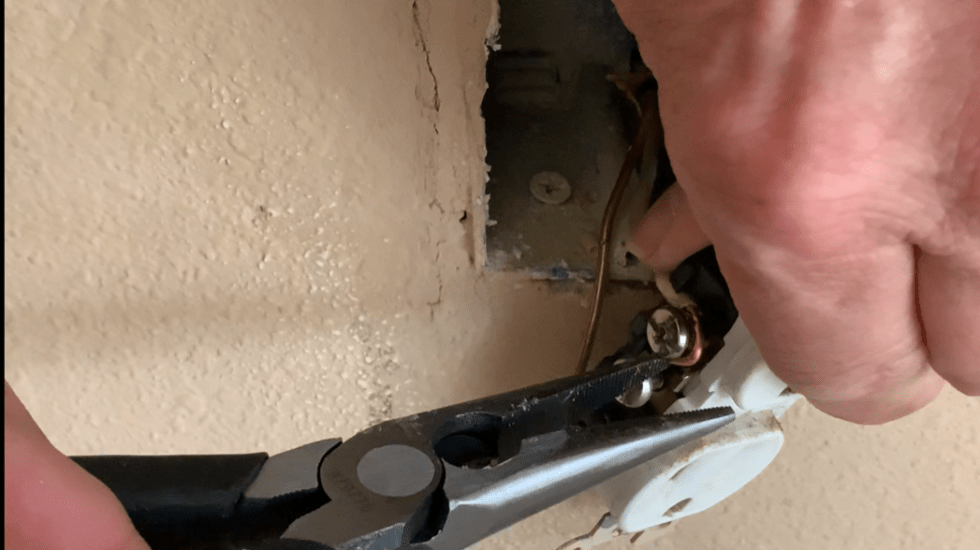
Every 8.33 ms the entire electrical grid is a zero voltage. With a 60 Hz AC circuit there is time at 120 times per second that there is zero voltage applied to the AC line. 120 Volts AC has a peak voltage of 169.7 Volts. The neutral wire concept originated with Thomas Edison DC electric homes where you could provide a +120 to GND and GND to -120 volts DC.Įventually, AC replaced DC and the AC voltage was given 120V RMS to be equivalent to a DC circuit. Other parts of the world with 220 or 240 volts don't even have the concept of a neutral wire. If you run 240 Volts there is no need for a neutral wire. Hot and Neutral is a cookbook solution for Electricians. The electrons flowing in the wire have no idea which is hot or neutral. Without the Ground bus connection at the service panel the hot would be 60+ and 60- and the neutral would be 60- and 60+. The neutral wire will not be at zero volts because it carries current and with the voltage drop (IR) across the wiring infrastructure will move around because other loads throughout the house share the neutral bus within the wiring infrastructure. The neutral side of the AC circuit is ultimately connected to the Earth Ground at the main service panel with forces it be close to zero volts compared to GND. What can happen is if the Appliance manufacturer does a bad job and connects the neutral side to the chassis which should never be done you might notice. AC voltage and current switch 60 times per second which means they automatically reverse voltage. These are probably coloured red and black respectively, but may be coloured brown and blue respectively. c) unscrew the live and neutral wires from the terminals. Check that the lights on the socket tester are now out. Technically there should be no difference to the load if the Hot and Neutral are reversed. a) switch off the main switch at the consumer unit. However if you live in a country where correct polarity is expected (such as the US and the UK) you should respect that expectation to ensure that all equipment is safe, even older equipment or equipment that was built in your country and never intended to be exported. It is possible to design applicances that meet safety requirements even if live and neutral are reversed and most modern appliances are likely to be built this way since in many parts of the world unpolarised plugs are the norm. A single pole protective device that ends up in the neutral also can't provide any protection against faults to earth. In particular if a single pole switching or protection device ends up in the neutral due to reverse polarity it can leave the appliance in an "off but live" state which is undesirable. Relative to earth the hot is varying (both positive and negative) while the neutral stays at roughly zero voltage relative to earth. An example of this is when there’s unexpected current on supposed to be of a neutral wire in an electric circuit.The relative voltage between hot and neutral is constantly reversing but that doesn't mean that the two conductors are the same.

The reverse polarity occurs if it is visually hard to determine which is the white and black wire in an old electrical circuit.It can happen if both white and black wires are wrongfully attached to the electrical panel.Similarly, the white wire should not be connected to the wire that goes to the brass screw.


It is wrong to connect the black wire to the silver screw.The reverse polarity can happen when the white and black wires were reversed in the circuit or between 2 receptacles in one circuit.


 0 kommentar(er)
0 kommentar(er)
